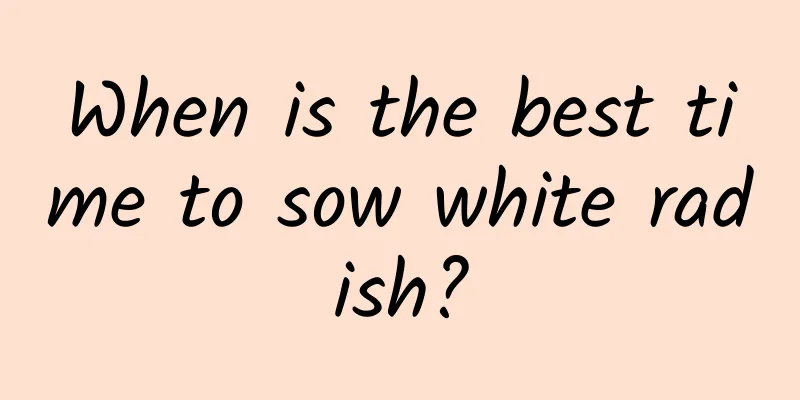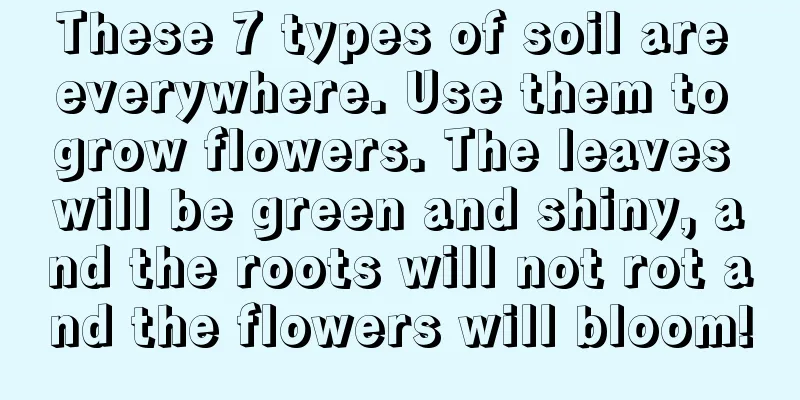How to fertilize fruit trees in winter

1. Fertilization timeFor fruit farmers, the two best time periods for fertilizing are mid-to-late September and early October to early November. Fertilizing during these two time periods is very beneficial to the growth of fruit trees. If for various reasons fertilizer is not applied during the optimal time period, it is recommended to apply fertilizer in the spring of the following year after the soil thaws. 2. Fertilization methodWhen fertilizing fruit trees in winter, method one is to dig 4 to 6 radial grooves outward on the ground under the fruit tree, with the trunk as the axis, about 80 cm away from the center trunk. The outer grooves should be deeper and wider than the inner ones. The second method is to dig a strip trench under the ground at the outer edge of the tree crown, trying to make the trench 20 to 40 cm deep, about 80 cm long, and about 40 cm wide, avoiding the thick roots of the tree. After applying fertilizer to fruit trees, do not cover the fertilizer with soil immediately. Use farm tools to fully mix the fertilizer and soil, and then cover them. Don't forget to water them with an appropriate amount. 3. Special Notes1) When the soil around the plants is dry, try not to apply ammonium carbonate as a fertilizer. Because the chemical properties of ammonium carbonate are very unstable, it is easy to volatilize. Therefore, when using ammonium urea as a fertilizer, make sure the soil is moist and cover it with soil immediately after application to reduce volatilization. 2) Ammonium sulfate cannot be reused as a fertilizer. Especially in orchards with acidic or slightly alkaline soils, many soils become compacted due to improper and repeated use of ammonium sulfate as a fertilizer. In this case, the fruit trees will grow slowly because the transportation of the roots of the fruit trees is affected and the development of the root system is hindered. 3) Do not water fruit trees immediately after using urea as fertilizer. Due to the chemical properties of urea, a large amount of nitrogen will be lost when it comes into contact with water. What fruit trees can easily absorb is ammonium carbonate converted from nitrogen. This will reduce the nutrient absorption rate of fertilizer. Therefore, after fertilizing, wait a few days before watering the fruit trees. |
<<: How to reshape the mountain-grown azalea
>>: What to do with ground-planted succulents in winter
Recommend
When is the best time to plant strawberries?
Transplanting of strawberries is usually schedule...
What to do if the hosta roots rot
Causes of Root Rot in Hosta In order to solve the...
Key points of carrot cultivation technology
Carrots are a favorite food of many of our friend...
What fertilizer is best for Chinese evergreen
1. Base fertilizer To apply base fertilizer to Ch...
What to do if the avocado wilts after repotting? How to transplant avocado
1. What to do if you wilt If the avocado wilts af...
How and when to plant grape hyacinth bulbs
1. Planting time It likes a cool environment and ...
Production and maintenance of green radish curtains
Maintenance tips for green radish curtains 1. Gre...
I risked half my life to grow succulents
First meeting It was a sunny spring day. I passed...
How to care for calla lily in winter
Is Calla Lily afraid of freezing? The suitable gr...
How to cultivate Commelina communis
1. Soil Commelina does not have too high requirem...
Can wheat bran be used as fertilizer?
Wheat bran as fertilizer Wheat bran can generally...
What are the breeding methods and precautions of colorful iron
Seven-color iron breeding method The colorful iro...
Mirabilis jalapa planting time and method
Mirabilis jalapa planting time Mirabilis jalapa l...
When do pineapples ripen and when are they available?
1. Maturity Time 1. Spring pineapple: It ripens i...
Can peach trees be watered during flowering period (with key points for management during flowering period)
1. Can I water the plants during the flowering pe...









